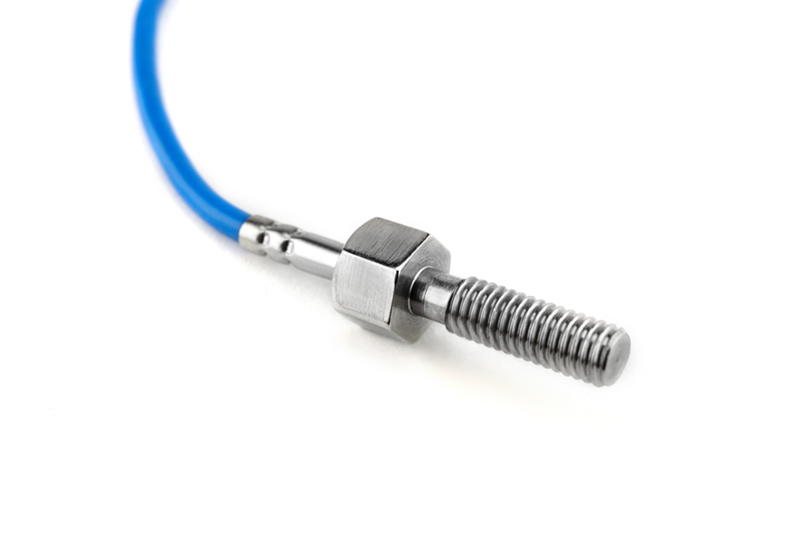Some applications, such as equipment used to manufacture life -saving drugs, require the temperature sensor to control the key quality control and accuracy; however, some applications, such as the thermometer in your car, do not need accurate or sensitive sensors.
Four most common temperature sensors, from high to low response and accuracy:
-sonal semiconductor sensor
Temperature sensor category 1. negative temperature coefficient (NTC) thermistor Thermistor is a thermistor, which is continuous, small, incremental change with the temperature change. NTC thermistor has higher resistance at low temperatures. Depending on its R-T table, the resistance gradually decreases as the temperature rises. Due to the major changes per ° C, small changes can be accurately reflected. The output of NTC thermistor is non -linear, due to its exponential nature; however, according to its application, it can be linearized. The valid working range is a standard thermistor of glass packaging thermistor or 150 ° C with -50 to 250 ° C.
2. resistance temperature detector (RTD)
resistor temperature detector, or RTD, change the temperature of the RTD component of the resistor. RTD consists of a layer of film or a line around ceramic or glass core to obtain higher accuracy. Platinum constitutes the most accurate RTD, while the cost of RTD made of nickel and copper is lower; however, the stability and repetitiveness of nickel and copper are not as good as platinum. Platinum RTD provides highly accurate linear output within the range of -200 to 600 ° C, but is much more expensive than copper or nickel.
3. Thermocouple
The thermal power puppet is combined by two different metal wires at two points. The voltage changes between these two different metals reflect the proportional change of temperature. The thermocouple is non -linear. When it is used for temperature control and compensation, it needs to be converted with a form, and the search table is usually used to complete. The accuracy is low, from 0.5 ° C to 5 ° C, but the thermocouple works within the widest temperature range from -200 ° C to 1750 ° C.
4. It is from Thomas temperature sensor
Semiconductor -based temperature sensors are usually integrated in integrated circuits (IC). These sensors use two identical diode, which have temperature -sensitive voltage and current characteristics to monitor changes in temperature. They provide a linear response, but the lowest accuracy in the basic sensor type. These temperature sensors also have the slowest response at the narrowest temperature range (-70 ° C to 150 ° C).
Temperature sensor in daily life
Temperature sensors are critical to daily life. These important technologies measure the calories released by an object or system. The measured value given enables us to feel the temperature change from physical. An important role of temperature sensor is prevention. When the temperature sensor detection occurs the height of the settings, the time for preventing measures is allowed. The fire detector is a good example.

 Four common temperature sensors
Four common temperature sensors
